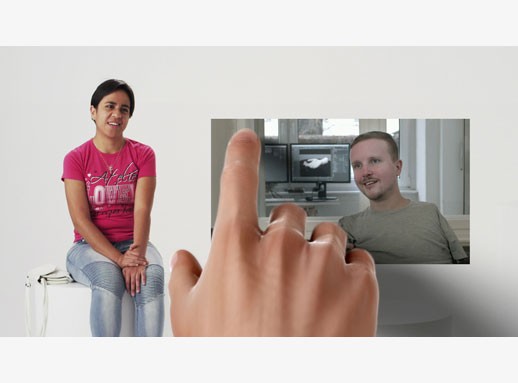Simon Fujiwara
08 Dec 2016 - 05 Mar 2017

Simon Fujiwara
Joanne, 2016
Mixed Media Installation (HD Video 13:34), Film Still
Commissioned by FVU, The Photographers’ Gallery and Ishikawa Foundation
Supported by Arts Council England
© The Artist
Joanne, 2016
Mixed Media Installation (HD Video 13:34), Film Still
Commissioned by FVU, The Photographers’ Gallery and Ishikawa Foundation
Supported by Arts Council England
© The Artist
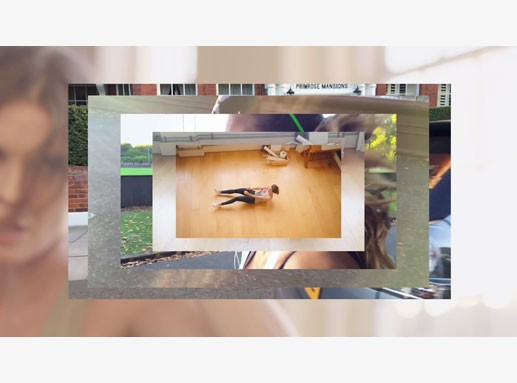
Simon Fujiwara
Joanne, 2016
Mixed Media Installation (HD Video 13:34), Film Still
Commissioned by FVU, The Photographers’ Gallery and Ishikawa Foundation
Supported by Arts Council England
© The Artist
Joanne, 2016
Mixed Media Installation (HD Video 13:34), Film Still
Commissioned by FVU, The Photographers’ Gallery and Ishikawa Foundation
Supported by Arts Council England
© The Artist
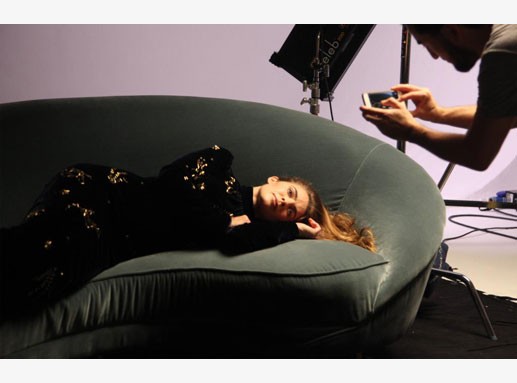
Simon Fujiwara
Joanne, 2016
Mixed Media Installation (HD Video 13:34), Film Still
Commissioned by FVU, The Photographers’ Gallery and Ishikawa Foundation
Supported by Arts Council England
© The Artist
Joanne, 2016
Mixed Media Installation (HD Video 13:34), Film Still
Commissioned by FVU, The Photographers’ Gallery and Ishikawa Foundation
Supported by Arts Council England
© The Artist

Simon Fujiwara
Joanne, 2016
Mixed Media Installation (HD Video 13:34), Film Still
Commissioned by FVU, The Photographers’ Gallery and Ishikawa Foundation
Supported by Arts Council England
© The Artist
Joanne, 2016
Mixed Media Installation (HD Video 13:34), Film Still
Commissioned by FVU, The Photographers’ Gallery and Ishikawa Foundation
Supported by Arts Council England
© The Artist
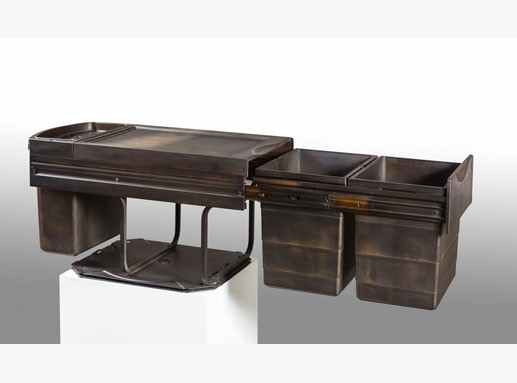
Simon Fujiwara
Ich, 2015
Mixed media with bronze patina
Dimensions variable
Courtesy of Proyectos Monclova, Mexico City
© The Artist
Ich, 2015
Mixed media with bronze patina
Dimensions variable
Courtesy of Proyectos Monclova, Mexico City
© The Artist
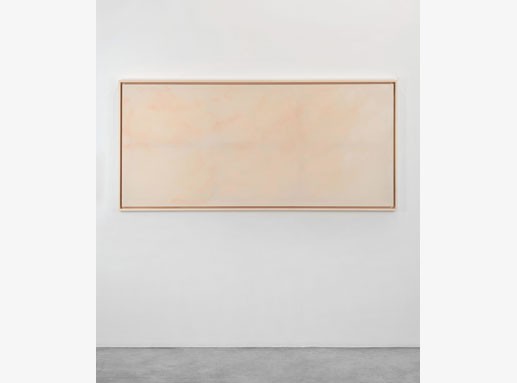
Simon Fujiwara
Masks, 2016
Make-up on canvas, Dimensions variable
Courtesy of Marian Goodman, Paris
© Simon Fujiwara
Masks, 2016
Make-up on canvas, Dimensions variable
Courtesy of Marian Goodman, Paris
© Simon Fujiwara
SIMON FUJIWARA
Figures in a Landscape
17 December 2016 - 5 March 2017
Curated by Anna Lena Seiser
This exhibition at the Kunsthalle Düsseldorf is the first major solo show by the British-Japanese artist Simon Fujiwara at a museum in Germany, where he has lived for ten years. The question of the construction and representation of identity, history, and stories is a central element in Fujiwara`s oeuvre, which includes both video and performance works as well as sculptures.
Like an anthropologist of our time, he examines the things that surround us on a daily basis and brings the fictional in the supposedly factual to light with an impressive incisiveness. To this end, the artist adapts often dominant pictorial conventions and aesthetics from areas such as marketing and advertising, pop culture, and social media, only to undermine them from the inside or reveal the ambivalences inherent in them through subtle alterations. Fujiwara is distinguished by the fact that he not only reflects what we see, but continually reminds us of the blind spot in our perception by focusing on processes and modes of production in the media on which these images are based.
With Figures in a Landscape, the artist focuses on processes of the formation of identity and our attempts to situate ourselves and others - whether socially and culturally, politically, economically, or ethically. The relevance of a gaze that can be both familiar and distanced is evident in the works collected here, many of which show a special connection to Germany.
The center of the Sidelight Hall is composed of paintings from the 100-part series Masks (Merkel), "painted" with makeup developed especially for HD cameras, which the chancellor also uses. Fujiwara’s most recent work is also dedicated to a woman and her public perception: Joanne (2016) sensitively and pointedly deals not only with role models for modern women, but also with the question of the extent to which we have control over our own image or can be influenced by an image that is imposed on us from the outside.
The question of our degree of control over our (self-) image also appears in an altered form in the other works in the exhibition. For instance, the almost religiously staged, bronze-coated home re-cycling waste bins in Inch (2015) proclaim an understanding of the subject and an assertion of individuality which are derived from the intention embodied in them of acting with integrity and consideration for the environment around us even in throwing something away.
The video work Hello (2015) deals with the degree to which life paths and notions of a happy existence which are especially prevalent in the Western, industrialized world can be categorized as not necessarily concrete facts but as idealized images shaped by the market economy within a paradigm of self-optimization.
Although visitors seem to come extremely close to the characters and people whom they encounter in the exhibition landscape - physically as well as through their personal stories - our knowledge of them ultimately remains vague. The works demand an active engagement with the problems of viewing images of people and reveal a representational paradox in which the viewer is only made aware of a potential reality lurking behind the image through experiencing a cropped, edited and highly controlled depiction. Unavoidably, the respective environment also has an influence as a “landscape” in which a person is embedded and from which it can only be separated with difficulty, as indicated by the title Figures in a Landscape.
In this way, Simon Fujiwara points to the assumption that identity is always a placement and a form of negotiation, something that cannot be fully or permanently determined. The possible freedom that lies behind this insight gives rise both to the celebrated idea of individual self-actualization and to its inseparable flip side, a self-marketing that is constantly demanded of us, with which we stylize ourselves into consumable products.
Moreover, the sleek white cube setting of the exhibition emphasizes the aspect of artificiality and the increasing standardization of images (of people). This can be understood as an impetus to also continually reexamine the perceptions and values that we consider natural. With his works, Simon Fujiwara sensitizes us not to become victims of images, and instead to use images and artifacts themselves as tools for criticism and analysis.
Figures in a Landscape
17 December 2016 - 5 March 2017
Curated by Anna Lena Seiser
This exhibition at the Kunsthalle Düsseldorf is the first major solo show by the British-Japanese artist Simon Fujiwara at a museum in Germany, where he has lived for ten years. The question of the construction and representation of identity, history, and stories is a central element in Fujiwara`s oeuvre, which includes both video and performance works as well as sculptures.
Like an anthropologist of our time, he examines the things that surround us on a daily basis and brings the fictional in the supposedly factual to light with an impressive incisiveness. To this end, the artist adapts often dominant pictorial conventions and aesthetics from areas such as marketing and advertising, pop culture, and social media, only to undermine them from the inside or reveal the ambivalences inherent in them through subtle alterations. Fujiwara is distinguished by the fact that he not only reflects what we see, but continually reminds us of the blind spot in our perception by focusing on processes and modes of production in the media on which these images are based.
With Figures in a Landscape, the artist focuses on processes of the formation of identity and our attempts to situate ourselves and others - whether socially and culturally, politically, economically, or ethically. The relevance of a gaze that can be both familiar and distanced is evident in the works collected here, many of which show a special connection to Germany.
The center of the Sidelight Hall is composed of paintings from the 100-part series Masks (Merkel), "painted" with makeup developed especially for HD cameras, which the chancellor also uses. Fujiwara’s most recent work is also dedicated to a woman and her public perception: Joanne (2016) sensitively and pointedly deals not only with role models for modern women, but also with the question of the extent to which we have control over our own image or can be influenced by an image that is imposed on us from the outside.
The question of our degree of control over our (self-) image also appears in an altered form in the other works in the exhibition. For instance, the almost religiously staged, bronze-coated home re-cycling waste bins in Inch (2015) proclaim an understanding of the subject and an assertion of individuality which are derived from the intention embodied in them of acting with integrity and consideration for the environment around us even in throwing something away.
The video work Hello (2015) deals with the degree to which life paths and notions of a happy existence which are especially prevalent in the Western, industrialized world can be categorized as not necessarily concrete facts but as idealized images shaped by the market economy within a paradigm of self-optimization.
Although visitors seem to come extremely close to the characters and people whom they encounter in the exhibition landscape - physically as well as through their personal stories - our knowledge of them ultimately remains vague. The works demand an active engagement with the problems of viewing images of people and reveal a representational paradox in which the viewer is only made aware of a potential reality lurking behind the image through experiencing a cropped, edited and highly controlled depiction. Unavoidably, the respective environment also has an influence as a “landscape” in which a person is embedded and from which it can only be separated with difficulty, as indicated by the title Figures in a Landscape.
In this way, Simon Fujiwara points to the assumption that identity is always a placement and a form of negotiation, something that cannot be fully or permanently determined. The possible freedom that lies behind this insight gives rise both to the celebrated idea of individual self-actualization and to its inseparable flip side, a self-marketing that is constantly demanded of us, with which we stylize ourselves into consumable products.
Moreover, the sleek white cube setting of the exhibition emphasizes the aspect of artificiality and the increasing standardization of images (of people). This can be understood as an impetus to also continually reexamine the perceptions and values that we consider natural. With his works, Simon Fujiwara sensitizes us not to become victims of images, and instead to use images and artifacts themselves as tools for criticism and analysis.

